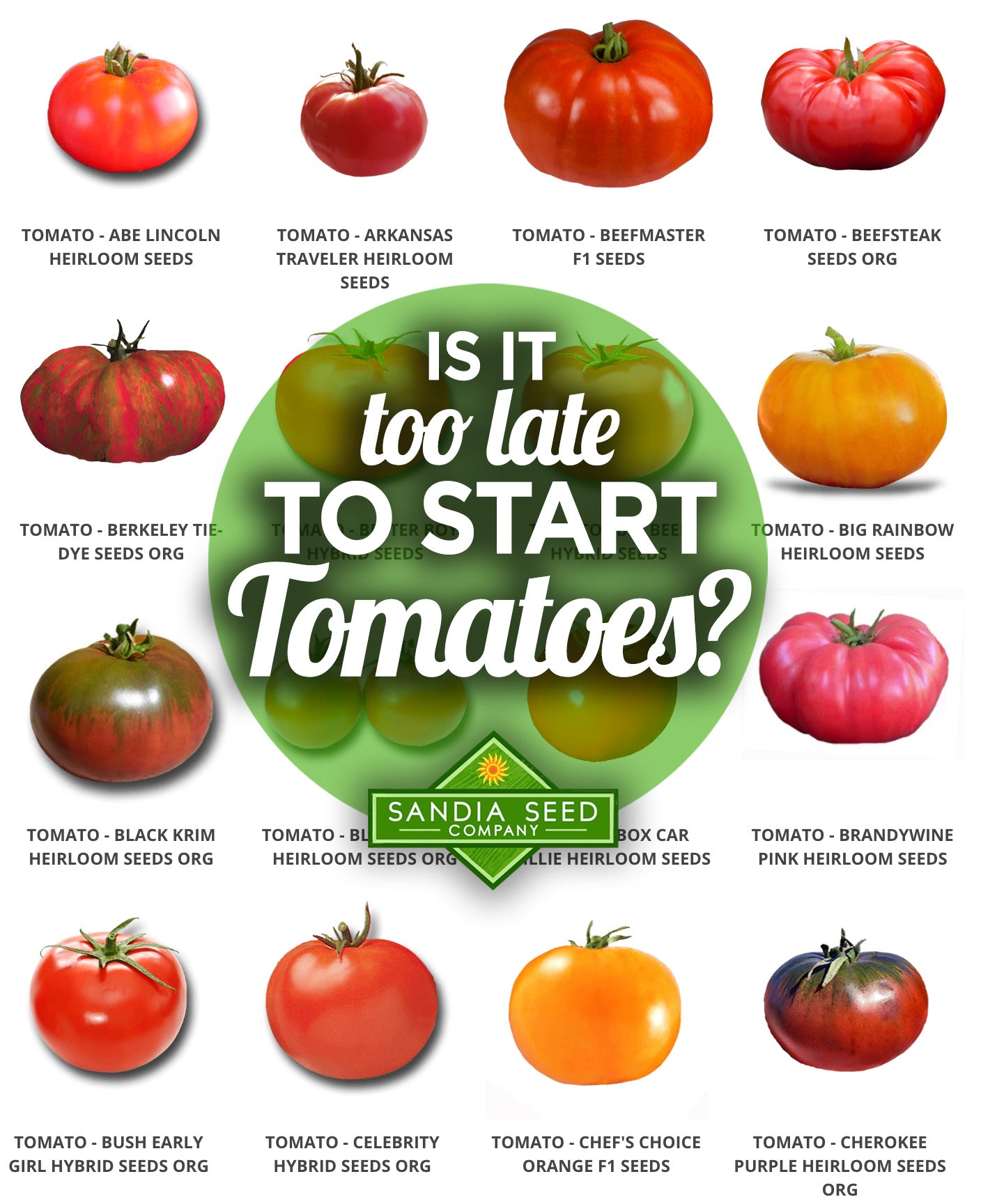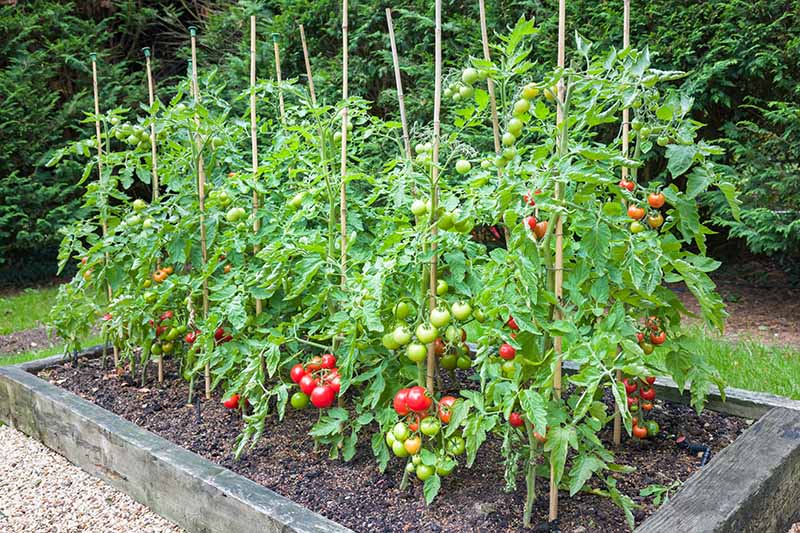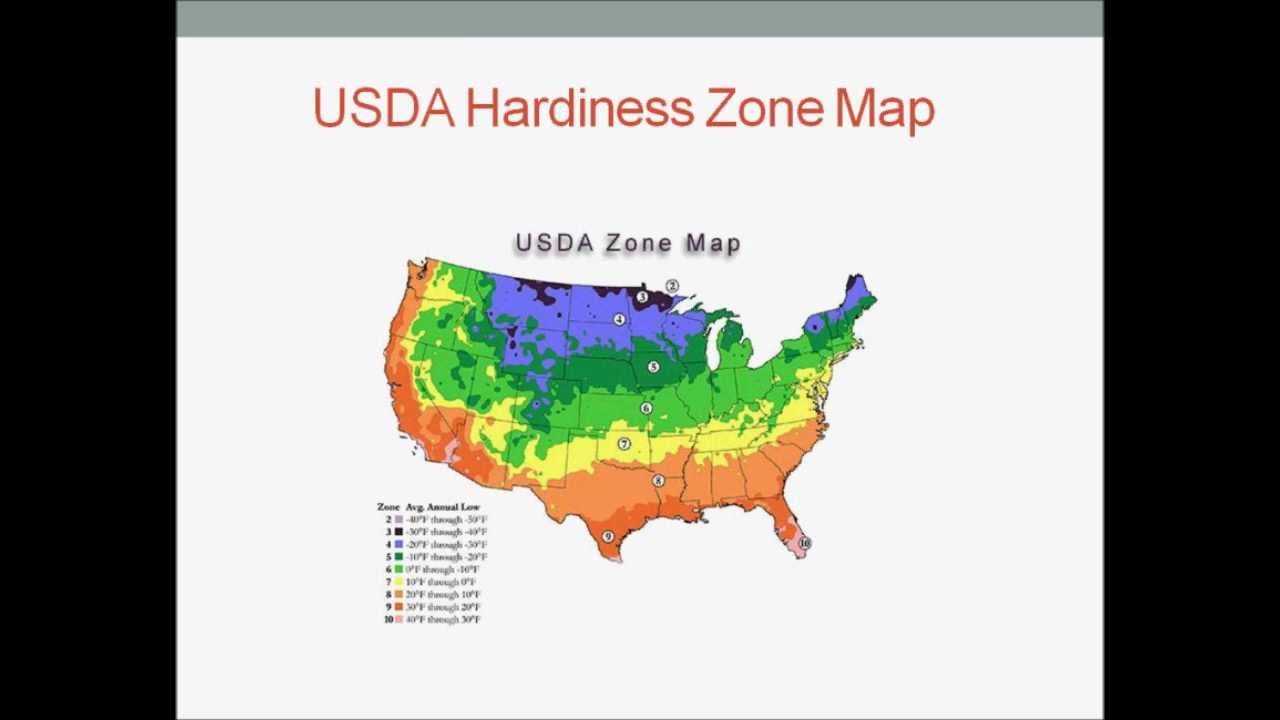Spring is the best time to plant tomatoes. This is because tomatoes need warm soil to grow well.
Tomatoes are a favorite in many gardens. They are tasty, versatile, and fun to grow. But, the key to a good tomato harvest starts with timing. Knowing when to plant tomatoes can make a big difference. Plant too early, and the cold can damage them.
Plant too late, and they might not mature before the first frost. In this blog post, we will explore the best time to plant tomatoes. This will help you get the most out of your garden. So, let’s dig into the details and ensure your tomatoes thrive this season!

Credit: www.sandiaseed.com
Optimal Planting Season
Spring is a great time to plant tomatoes. The soil is warming up. Tomato plants love warm soil. They grow faster in spring. Days are getting longer. More sunlight helps tomatoes grow. Spring rains keep the soil moist. This helps the plants. You get tomatoes sooner. Fresh tomatoes in early summer are a treat.
Fall is also good for planting tomatoes. The weather is cooler. Cool weather is gentle on plants. Less risk of plant stress. Pests are fewer in fall. This means less damage to plants. Fall tomatoes can grow well. You can have fresh tomatoes in late fall. This extends your harvest season.
Climate Considerations
Tomatoes need warm temperatures to grow well. They thrive in temperatures of 70°F to 85°F during the day. Night temperatures should be between 55°F and 70°F. Cold weather can harm young plants. Too much heat can also be a problem. Always monitor the temperature closely.
Frost can kill tomato plants. Plant tomatoes after the last frost date in your area. Check your local frost dates online. Early planting can be risky. Late planting can reduce your harvest. Plan carefully to get the best results.
Soil Preparation
Tomatoes thrive when planted after the last frost in spring. Soil preparation includes compost and well-drained soil for best growth.
Soil Quality
Tomatoes need good soil. Rich and loose soil is best. Soil should drain well. Avoid heavy clay soil. Add compost to improve soil. This helps roots grow strong. A pH level of 6.2 to 6.8 is ideal. Check soil with a test kit. Adjust pH if needed. Lime can raise pH. Sulfur can lower pH. Healthy soil means healthy tomatoes.
Nutrient Needs
Tomatoes need nutrients to grow. Nitrogen, phosphorus, and potassium are key. Fertilize soil before planting. Use balanced fertilizer. Follow package directions. Too much nitrogen makes leaves grow. But fruits may be few. Phosphorus helps roots and flowers. Potassium helps overall growth. Keep soil moist but not soggy. Mulch can help retain water. Healthy plants give better tomatoes.

Credit: bellgardentn.org
Choosing The Right Varieties
Heirloom tomatoes are old varieties. They pass seeds from generation to generation. They offer unique flavors and shapes. Some may have less disease resistance.
Hybrid tomatoes are new varieties. They cross two plants to get the best traits. These tomatoes are often more disease-resistant. They can be more uniform in size and shape.
Choosing tomatoes with strong disease resistance is important. It helps the plants stay healthy. Look for varieties marked as disease-resistant. This can save time and effort.
Some common tomato diseases include blight and wilt. It’s good to know your area’s common diseases. This way, you can pick the best variety for your garden.
Starting Seeds Indoors
Tomatoes thrive best when planted indoors 6-8 weeks before the last frost. This timing ensures healthy seedlings ready for outdoor transplanting. Starting seeds indoors gives tomatoes a head start on the growing season.
Timing For Seed Starting
Start tomato seeds indoors 6-8 weeks before the last frost. This gives seeds enough time to grow. Transplant them outdoors when the weather is warm. Check local frost dates for your area.
Indoor Growing Conditions
Keep seeds in a warm place. They need 70-75°F to germinate. Use a heat mat if needed. Place seedlings in bright light. A south-facing window works well. Or use grow lights for 14-16 hours a day. Water seedlings when the soil feels dry. Avoid overwatering.
Transplanting Seedlings
Hardening off means getting your plants used to the outside. Start by putting them outside for a few hours each day. Gradually increase the time they spend outside. This process should take about a week. Be sure to protect them from strong wind and direct sun. The goal is to make them strong and ready for planting.
Plant your tomatoes when the soil is warm. The best time is after the last frost. Check the weather forecast to ensure no frost. The soil temperature should be at least 60°F. Planting too early can harm the seedlings. Avoid cold and wet conditions. Warm and dry is best for tomato plants.
Watering Techniques
Plant tomatoes early in the morning or late in the evening. This helps the soil retain moisture. Avoid midday planting to prevent heat stress.
Watering Frequency
Tomatoes need regular watering. Water them every 2-3 days. In hot weather, water daily. Keep the soil moist, not soggy. Early morning is the best time to water. This helps prevent disease. Water at the base, not on the leaves. Wet leaves can cause problems. Consistent watering helps plants grow strong.
Avoiding Overwatering
Too much water can harm tomato plants. Overwatering leads to root rot. Roots need air to breathe. Check soil before watering again. If the top inch is dry, it’s time to water. Use mulch to keep soil moisture even. Mulch helps reduce evaporation. Be careful. Less is more when it comes to watering tomatoes. Proper watering ensures healthy, tasty tomatoes.
Pest And Disease Management
Tomato plants often face pests like aphids, hornworms, and whiteflies. These pests can damage leaves and stems. Aphids are tiny bugs that suck plant juices. Hornworms are big caterpillars that eat leaves quickly. Whiteflies are small, flying bugs that spread diseases. Keep an eye on your plants. Catch problems early. You can use insecticidal soap or pick pests off by hand.
Diseases like blight and leaf spots can harm tomatoes. Blight makes leaves turn brown and die. Leaf spots create small, dark marks on leaves. To prevent diseases, rotate crops each year. This means plant tomatoes in a different spot. Water the soil, not the leaves. Wet leaves can spread disease. Choose disease-resistant tomato varieties. Healthy plants resist diseases better.
Harvesting Tips
Ripe tomatoes are easy to spot. They turn red or orange. Their skin becomes smooth and shiny. Gently squeeze them. They should feel firm but not hard.
Smell them. Ripe tomatoes have a sweet, earthy scent. Check the vine. Ripe tomatoes detach easily when pulled.
Harvest tomatoes in the morning. This is when they are freshest. Use clean scissors or a knife. Cut the stem above the fruit. Leave a small part of the stem attached.
Handle tomatoes gently. Avoid bruising them. Place them in a basket. Do not stack them too high.

Credit: gardenerspath.com
Frequently Asked Questions
What Is The Best Month To Plant Tomatoes?
The best month to plant tomatoes varies by climate. In most regions, late spring is ideal. Aim for May or June after the last frost.
Can I Plant Tomatoes In The Fall?
Planting tomatoes in the fall is possible in warm climates. Ensure they have enough time to mature before the first frost.
How Long Does It Take For Tomatoes To Grow?
Tomatoes typically take 60 to 80 days to grow from transplanting. Growth time depends on the variety and growing conditions.
Should I Start Tomatoes Indoors Or Outdoors?
Starting tomatoes indoors is recommended, especially in cooler climates. Transplant seedlings outdoors after the last frost for best results.
Conclusion
Timing your tomato planting is crucial for a bountiful harvest. Early spring or late summer offers ideal conditions. Remember to consider your local climate. Warm soil and consistent temperatures encourage growth. Planting too early or too late affects yield. Regularly monitor weather forecasts.
Protect young plants from unexpected frost. Use mulch to retain soil warmth. Water consistently, but avoid over-watering. Healthy tomato plants thrive with proper care and timing. Enjoy the fruits of your labor by planting at the right time. Happy gardening!

My mission is to help you bring the beauty of nature indoors with expert advice, detailed plant care guides, and creative design ideas.





Leave a Reply